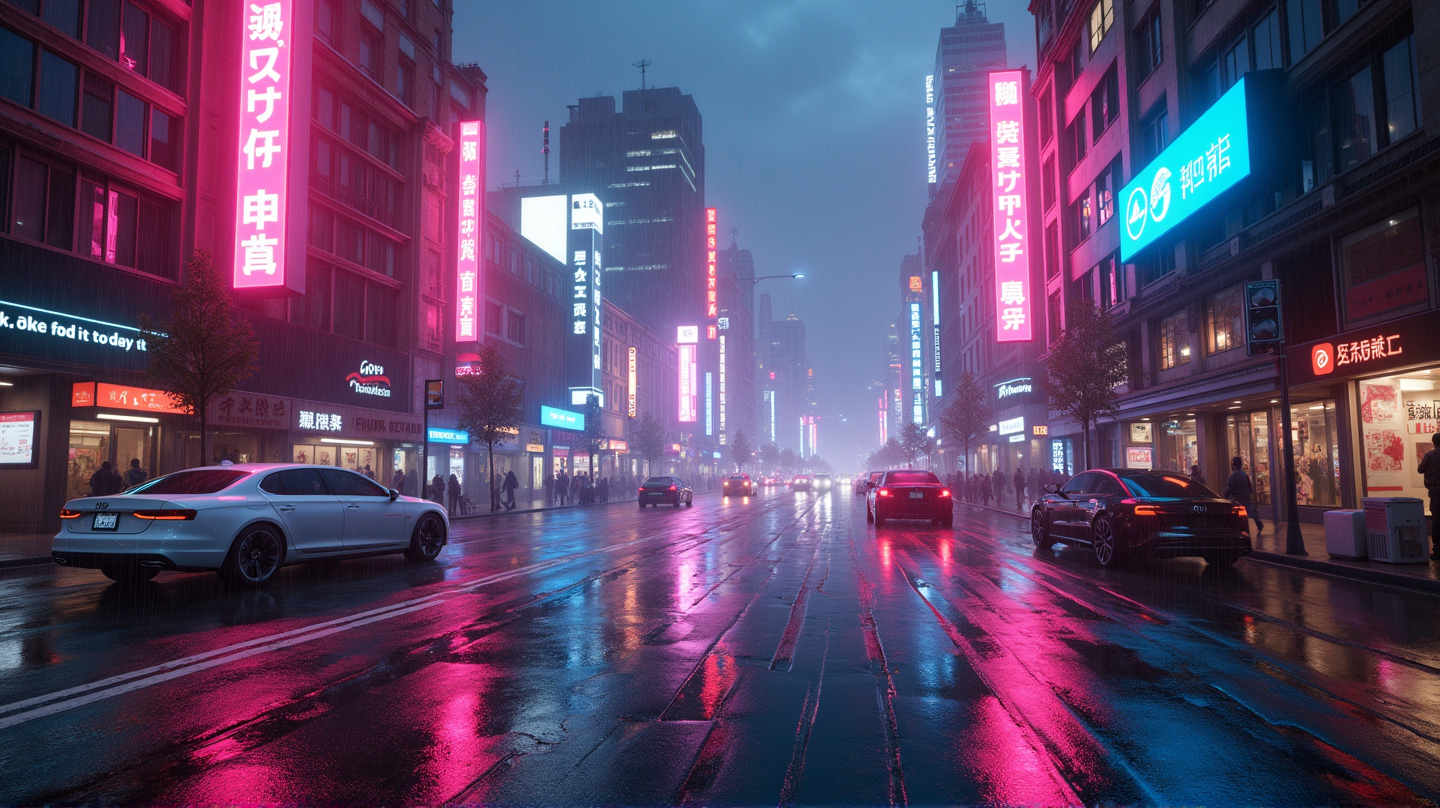Ray Tracing's Impact: Bridging Virtual and Reality in Gaming
Unveiling the magic of ray tracing, a groundbreaking graphics technique bridging the gap between virtual and real with breathtaking realism.

Imagine stepping into a video game world where every detail mirrors reality, where light dances dynamically on every surface, creating a sense of tangible presence. This is the transformative magic of ray tracing in the realm of modern video games. According to Scioto County Daily News, ray tracing technology simulates light at a granular level, delivering unprecedented realism that traditional graphic techniques never achieved.
What is Ray Tracing?
At its core, ray tracing is more than a graphics technique; it’s a gateway to photorealism. Unlike older methods that painted images without considering true physics of light, ray tracing meticulously tracks every ray of light, simulating its reflection, refraction, and absorption. This technology turns digital environments into life-like spaces, where every shadow and reflection tells a story of authenticity.
How Ray Tracing Transforms Gaming
With the power of modern GPUs, real-time ray tracing becomes feasible, bringing a futuristic quality to today’s gaming. Introducing techniques like backward ray tracing, games project rays from the player’s perspective into the scene, crafting immersive environments. Materials interact with light precisely, offering an experience as immersive as polished marble floors reflecting like mirrors or frosted glass scattering light realistically.
Elevating Atmosphere and Emotion
While ray tracing doesn’t alter gameplay mechanics, its visual impact profoundly influences player experience. Titles like “Cyberpunk 2077” showcase neon-soaked streets with atmosphere and emotion unrivaled by rasterized graphics. The dim, artful worlds of “Control” exhibit dynamic shadows spinning in believable arcs, extending the game’s emotional depth and narrative appeal.
The Future of Ray Tracing in Gaming
Despite its hefty processing demands, the journey towards making ray tracing a standard feature in gaming is clear. As hardware advances, this technology will become accessible, bringing photorealism into more fields beyond gaming, from VR to film. Ray tracing’s potential in redefining visual authenticity is monumental, and as developers embrace it, the boundary between virtual and real worlds continues to blur.
Conclusion
Ray tracing offers a mammoth leap toward creating game worlds so vivid they almost rival real life. This immersive technology not only changes how games look but deepens emotional engagement, drawing players into narratives with renewed intensity. As both dev-tech and hardware evolve, expect interactive entertainment to provide experiences not just viewed but truly felt.





